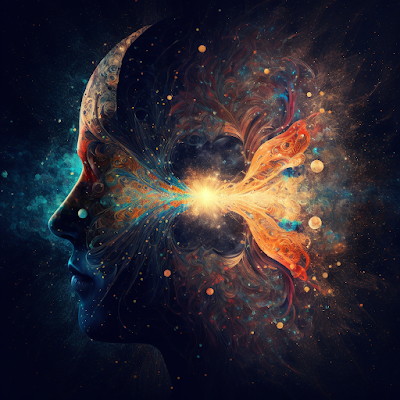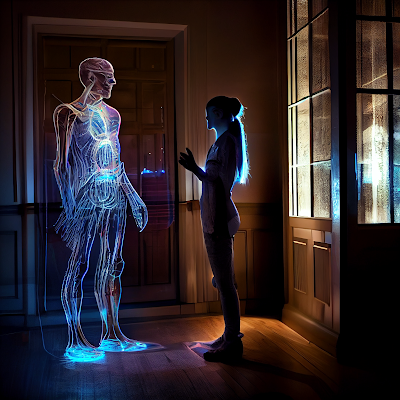Breaking Symmetry: Understanding Violations of Charge-Parity Symmetry
Introduction
In the
subatomic world, there is a phenomenon called violating charge-parity (CP)
symmetry that refers to the breaking of a fundamental symmetry in the laws of
physics. The discovery of CP violation in the 1960s was a major breakthrough in
the field of particle physics and provided important evidence for the existence
of new particles and forces beyond the Standard Model. In this blog post, we
will explore the concept of CP violation, its impact on the field of particle
physics, and its ongoing study.
What is CP violation?
CP violation
is a phenomenon that occurs in the subatomic world and refers to the breaking
of a fundamental symmetry in the laws of physics. The symmetry in question is
the combination of charge conjugation (C) and parity (P) symmetry, which states
that the laws of physics should remain unchanged if all charges are reversed
and if all spatial coordinates are inverted. The violation of this symmetry was
first observed in the decay of a neutral kaon particle, which can proceed
through two different channels, one in which the particle decays into two pions
and another in which it decays into three pions. The probability of the neutral
kaon decaying through these two channels is not equal, and this difference is
known as the CP violation parameter.
Impact of CP violation in particle
physics
The
discovery of CP violation in the 1960s was a major breakthrough in the field of
particle physics and provided important evidence for the existence of new
particles and forces beyond the Standard Model, the current theoretical
framework that describes the fundamental particles and forces of nature. James
Cronin and Val Fitch were awarded the 1980 Nobel Prize in Physics for their
discovery. Their experimental results were in disagreement with the predictions
of the Standard Model, which assumes CP symmetry.
CP violation in cosmology
CP violation
is also important in the field of cosmology, as it is thought to have played a
role in the formation of the universe. The asymmetry between matter and
antimatter that exists in the universe today is thought to have been generated
through CP violation during the early stages of the universe.
Ongoing study of CP violation
The study of
CP violation is ongoing, and scientists continue to search for new sources of
CP violation beyond the Standard Model. The Large Hadron Collider (LHC) at
CERN, the European particle physics laboratory, is currently searching for new
particles and forces that could be responsible for CP violation. One of the
most promising candidates for new physics beyond the Standard Model is a
particle called the Higgs boson, which is thought to give other particles mass.
The discovery of the Higgs boson at the LHC in 2012 was a major milestone in
the field of particle physics, but scientists are still working to understand
its properties and how it may be related to CP violation. Another promising
candidate for new physics is the neutrino, a subatomic particle that is known
to have a very small mass and interacts only very weakly with other particles.
Neutrinos are thought to be involved in CP violation, and scientists are
currently working to understand their properties and how they may be related to
CP violation.
Conclusion
In
conclusion, violating charge-parity (CP) symmetry is a significant phenomenon
in the world of particle physics that has led to groundbreaking discoveries and
furthered our understanding of the universe. The discovery of CP violation in
the 1960s provided evidence for new particles and forces beyond the Standard
Model, and ongoing research continues to search for new sources of CP
violation. With the help of powerful particle accelerators such as the Large
Hadron Collider, scientists are making progress in understanding the
fundamental nature of the universe and the forces that shape it.











Comments
Post a Comment